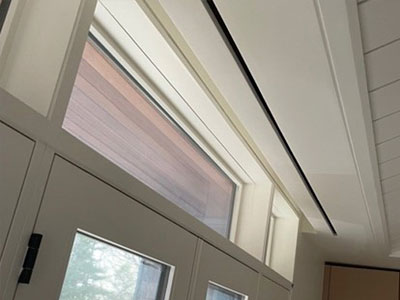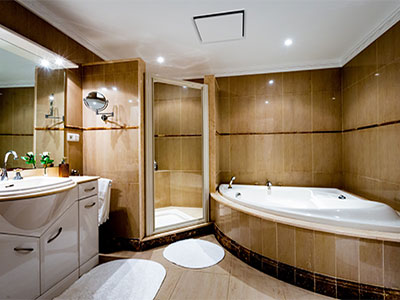INVI AIR-The Smart air DIFFUSERS
AC DIFFUSERS
(REGISTERS, GRILLES, VENTS, VENT COVERS)
What makes INVI AIR AC Diffusers So Unique?
Invi Air’s HVAC diffusers are unique for their smart design possibilities, unique for their smart and innovative composite material’s advantages, and unique for their smart frameless, behind-the-drywall installation technique. Together these three smart qualities place Invi Air’s products in a class of their own.
SMART DESIGN – Architectural AC Diffusers modern look:
- Frameless air slots.
- Seamless integration.
- Endless custom-made options.
SMART MATERIAL – Innovative and proprietary composite material:
- Minimal condensation (up to 95% less compared to metal diffusers).
- Minimal noise levels (up to 50% less compared to metal diffusers).
- Zero carbon emissions footprint (“green” material).
SMART INSTALLATION – Installed completely behind the drywall:
- Double the CFM for Linear air diffusers (compared to metal diffusers).
- Easy installation and easily paintable to match any color and texture.
- Easy retrofit to match any opening.
HOW IT WORKS
STEP 1
Install Invi Air diffuser with plenum box to the ceiling or wall studs and make duct connection in one step.
STEP 2
Use our pattern to cut the diffuser shape out of the gypsum board, and install the board.
STEP 3
Use drywall spackle and mesh tape to blend the diffuser with the ceiling surface and paint it to match.

Linear Air Diffuser

Exhaust Fan Cover

Custom-made Diffuser








